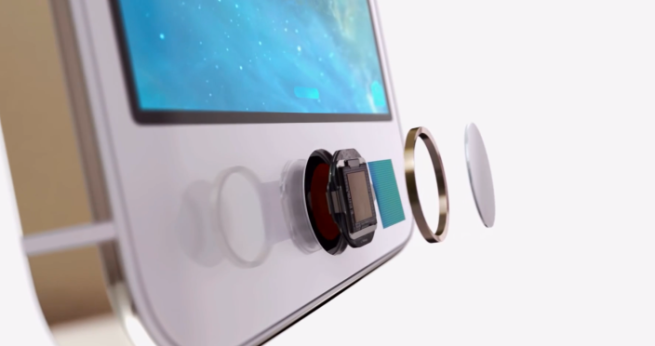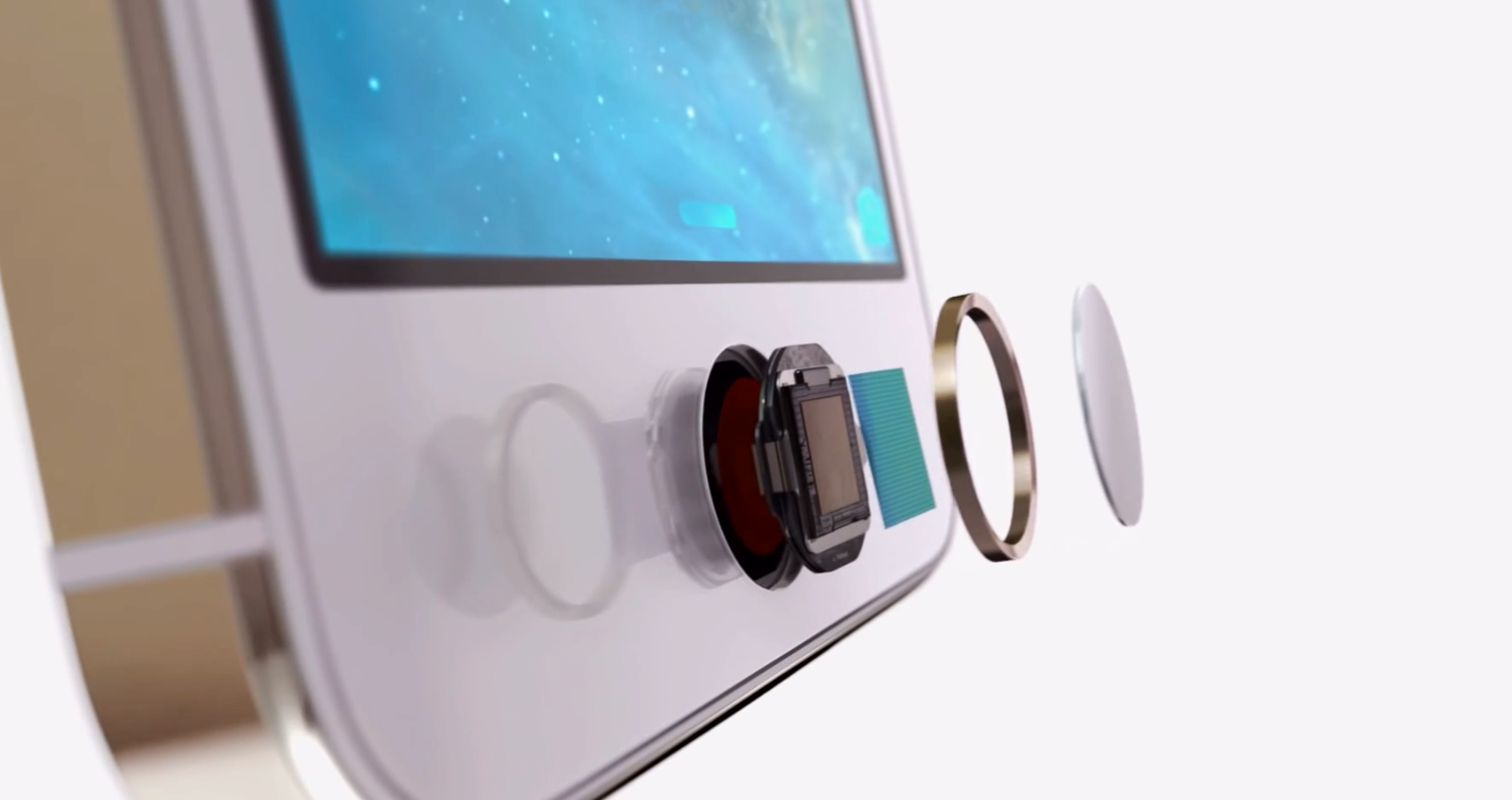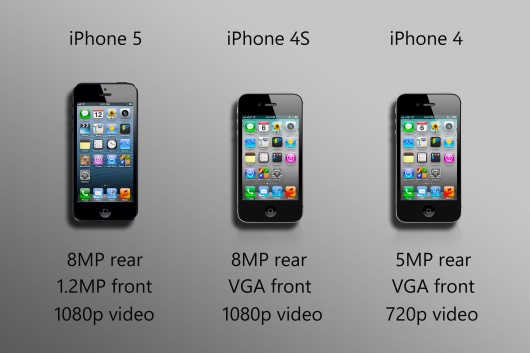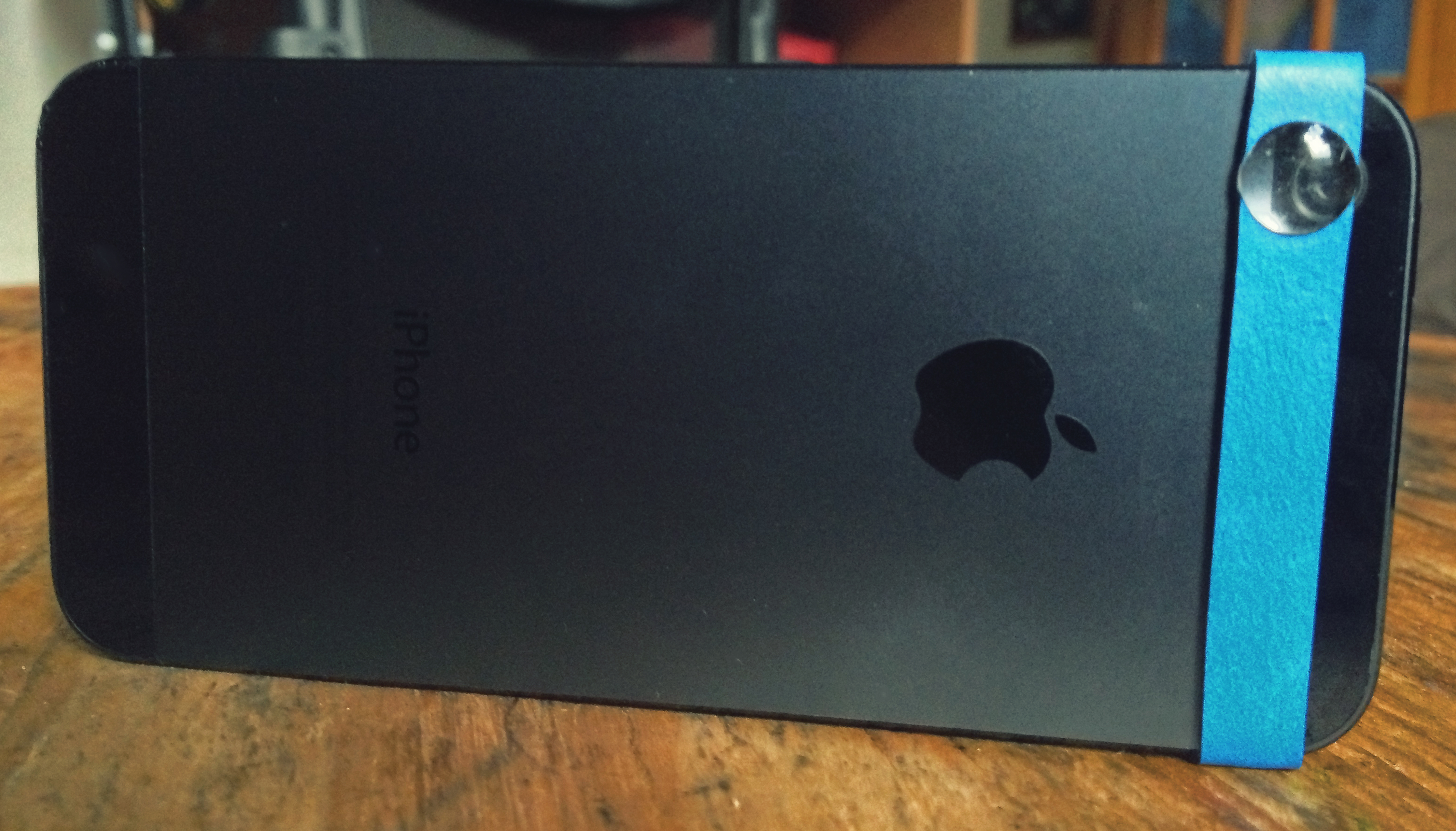Apple just procured enough Sapphire Crystal furnaces to make 100-200M ~5-inch iPhone displays in Arizona

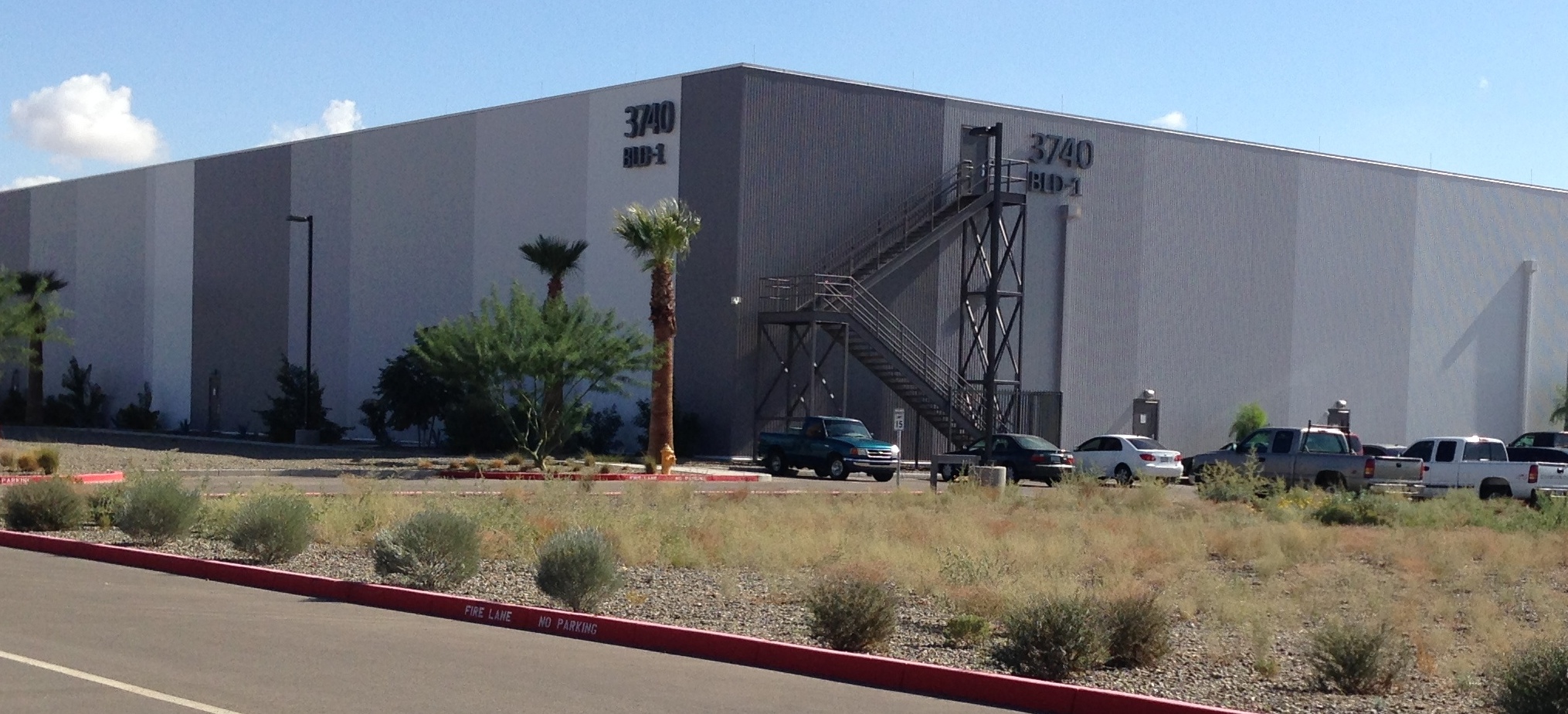
Last year, Apple and GT Advanced struck a deal to open and operate a manufacturing facility in Mesa, Arizona related to sapphire crystal components.
Earlier this year, we learned that Apple is “aggressively” pushing to make the facility operational by February 2014 and that the building would produce a “critical” and “new” sub-component for future Apple devices. Due to the vagueness and secrecy surrounding Apple and GT Advanced’s plans, there has been little to no confirmation regarding what exactly the partnership will yield for future Apple products.
But, thanks to new documents and information that we have uncovered with help of analyst Matt Margolis, we have a clearer picture of Apple’s plans…





